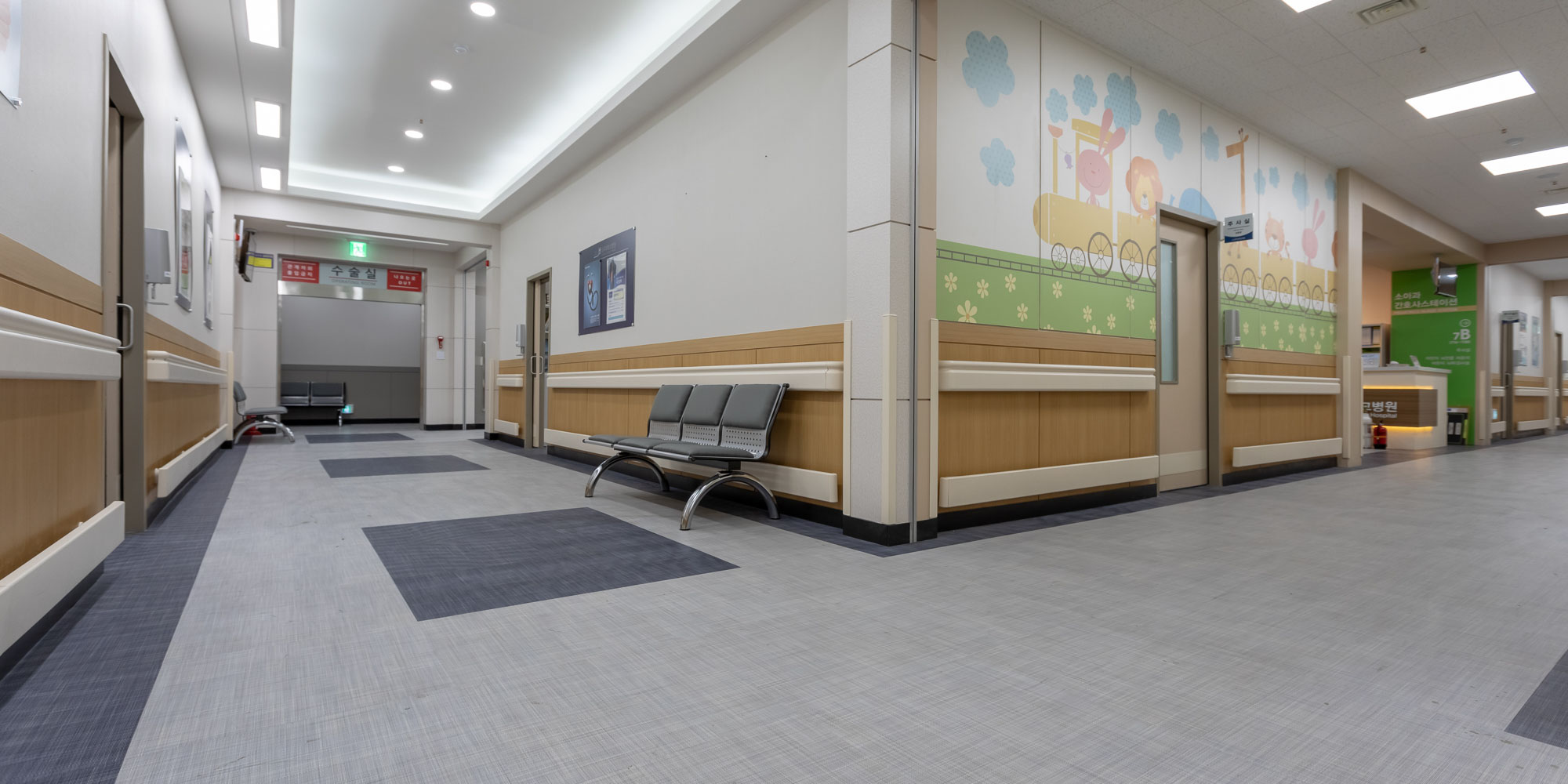Connect with an expert.
Managing time to prioritize care
Because we were stacking multiple departments in an operating hospital, redundancy scheduling was critical. We also transitioned the lab to a new lab environment, and because we knew that sample incubation periods were time-sensitive, we assigned a dedicated team to work with the Lab Technicians and OEM Technicians on this portion of the move. As a result, we moved critical components with efficiency and care, and lab staff could begin analytics quickly.
“When we walked into the ER in for planning the transition, there were some challenging cases.. The entire planning team was swelled with tears.. This wasn’t just a move, and we knew that, so we went above and beyond scope to make sure that a smooth transition was possible. There were many long days, but we wanted to make sure that all of the details were covered. Compassion and care are at the core of what we do.”
– GWS Senior Vice President


